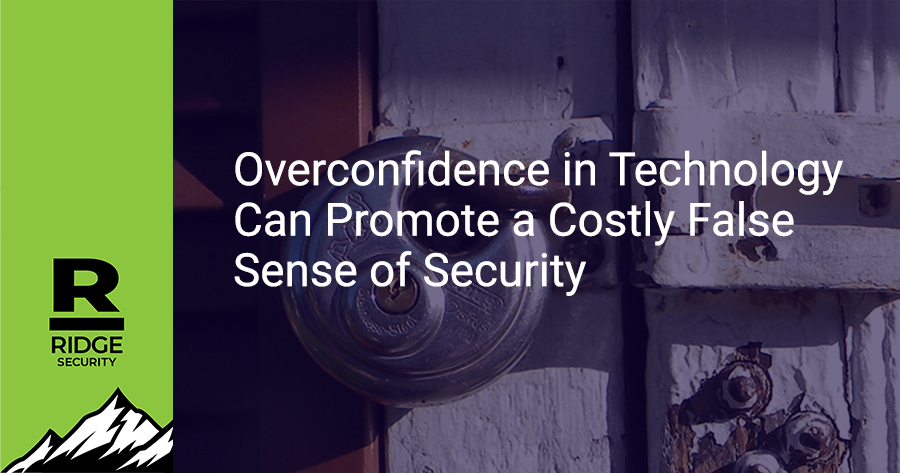Perhaps you would take the dare to lie on the tracks if you knew the train schedule and its record of accuracy. Otherwise, you’re simply engaging in a foolish and dangerous game of Russian Roulette. In the context of digital infrastructure safety, while cybersecurity innovations continue to offer powerful weapons against cyber criminals, it would be irresponsible for an enterprise to assume complete safety, without verification methods. When network-connected infrastructure contains unknown vulnerabilities, hackers turn them into network-connected threats. It’s safe to say, blind faith in technology is never a good thing.
Testing and verifying is a cybersecurity best practice. Defensive cybersecurity products, like endpoint security and extended detection and response (XDR), catch many threats after they’ve penetrated the network, but not always before they do damage. Automated penetration testing discovers, validates, and fixes unknown vulnerabilities before bad actors can find them. However, both security products and testing solutions are needed as part of a strong multi-layered security posture.
Just because you receive an alert, doesn’t mean it’s a threat
Cybersecurity solutions can produce many false positive alerts that wrongly assume threats. Vulnerability scanners produce and report on thousands of false positives, because their database of known vulnerabilities includes no context. Thus, the organization has no insight into how to prioritize vulnerabilities or assess their potential impact or risk. The last thing resource-constrained organizations need is responding to countless false positives that don’t negatively impact their environment.
As the saying goes, an ounce of prevention…
Effective cybersecurity applies lessons learned before a product or online service goes live. A best practice recommends ways of doing things, while a lesson learned relies upon experience gained through testing to implement a best practice approach. When organizations use this knowledge with ethical hacking that tests and verifies infrastructure, security coverage is greatly enhanced, and risk factors are reduced.
RidgeBot eliminates vulnerability guess work
RidgeBot® automated pentesting is a highly effective way to test your digital environment to validate system weaknesses and harden security defenses against exploitable security gaps when launching new or updating existing apps, systems, and services.
To eliminate risk, RidgeBot conducts four primary steps:
- Discovers active assets like servers, network devices, operating systems, and websites.
- Scans assets using actual payload to detect vulnerabilities, and reports on attack surfaces that include weak URLs, open ports, configuration errors, and other vulnerabilities.
- Automatically conducts exploits using ethical hacking skills learned from human testers, launching sophisticated, joint and iterative attacks.
- Verifies whether configurations allow hackers to laterally move further into the environment, using testing techniques like privilege escalation, pass-the-hash, and others.
RidgeBot’s continuous risk validation makes penetration testing easy, affordable, and scalable for resource-constrained organizations that need protection, without the high price tag of teams of security experts. False-positive vulnerability alerts are virtually eliminated, while those that create potential risks are found, prioritized, and fixed.
Click here to learn more about the RidgeBot competitive difference.
